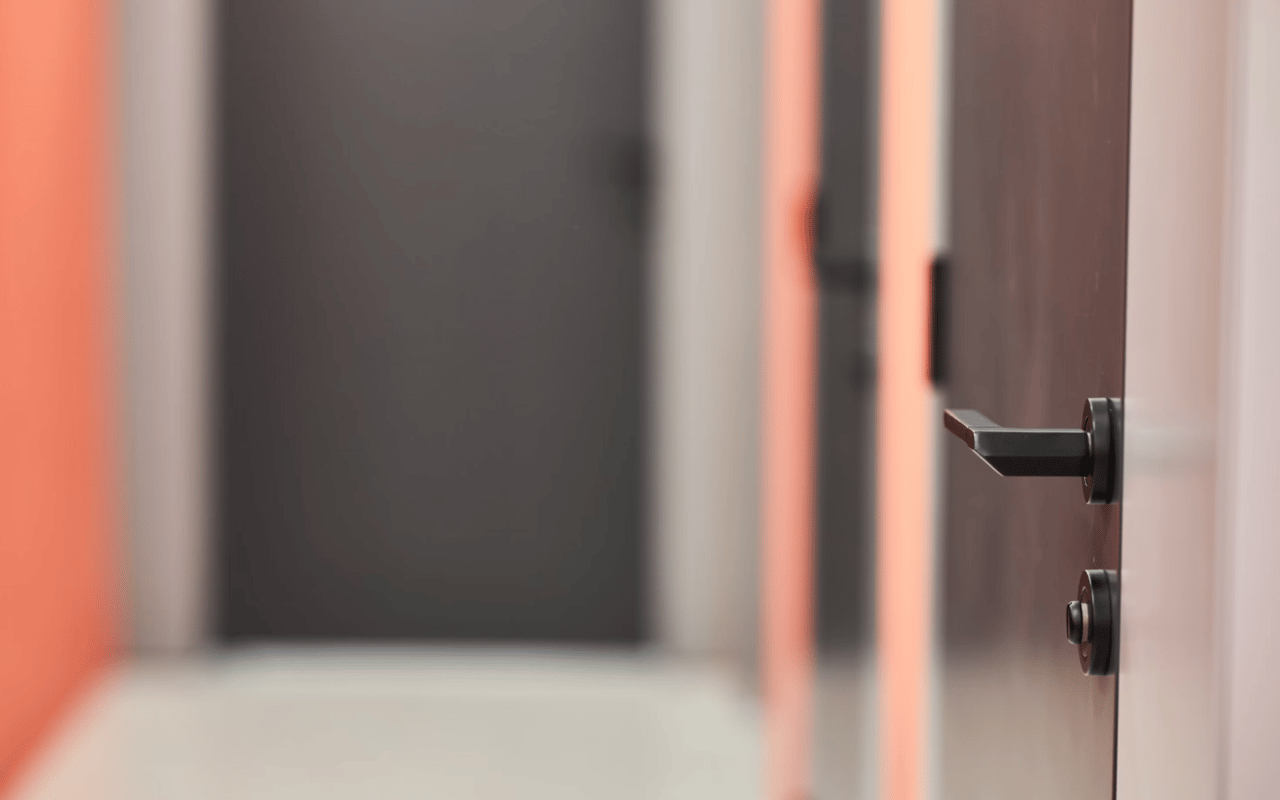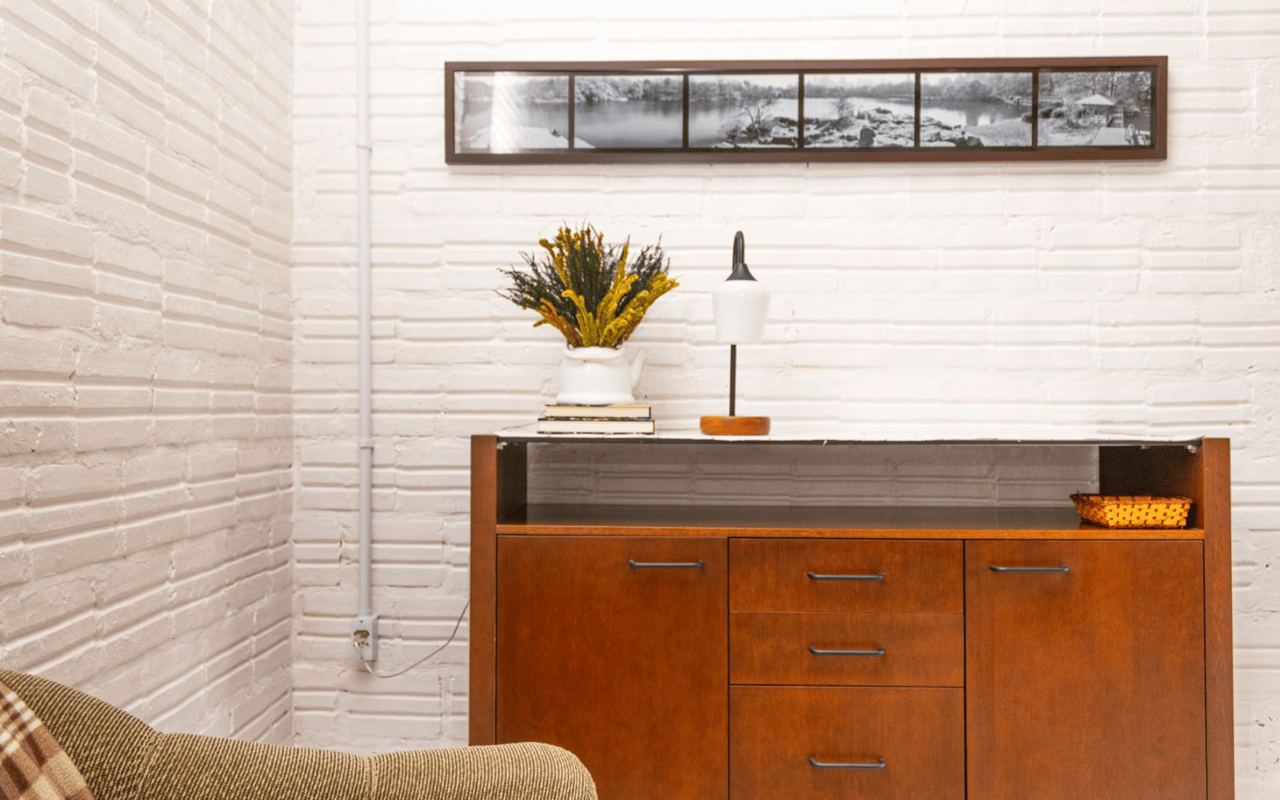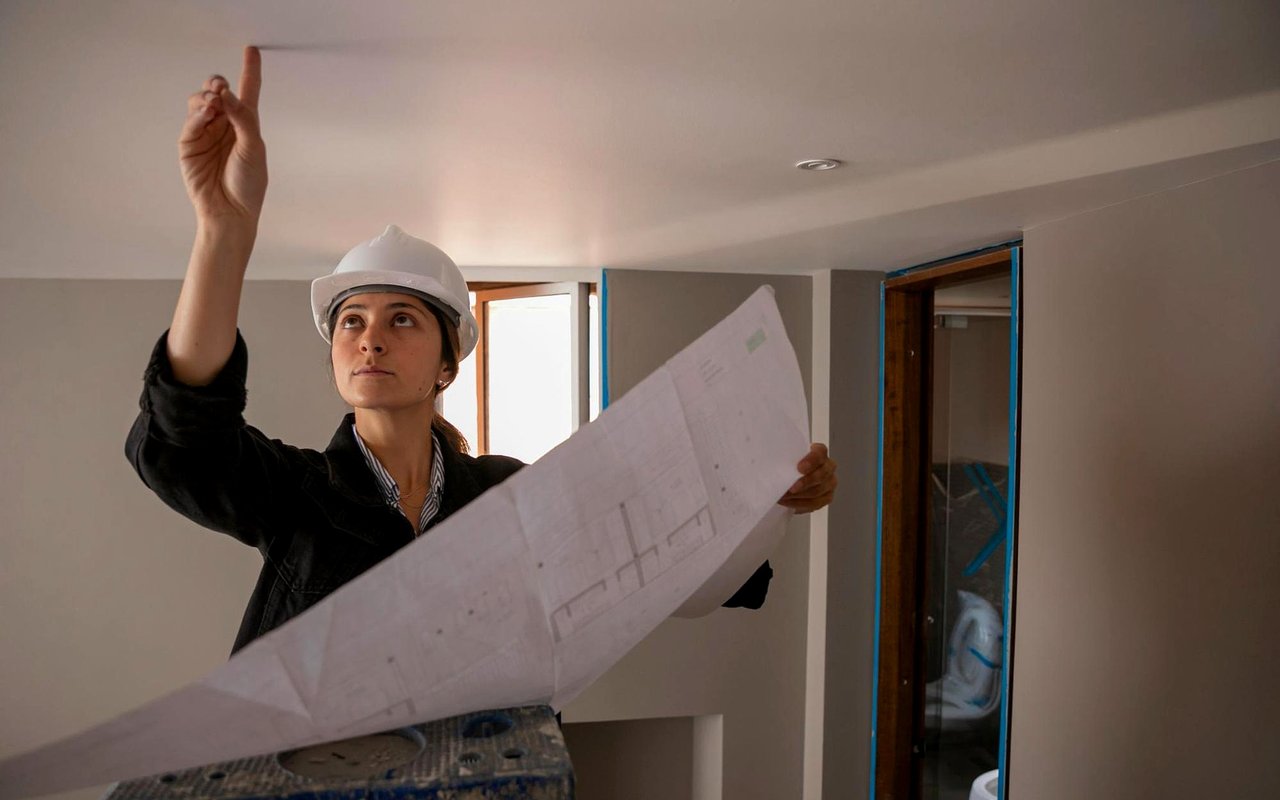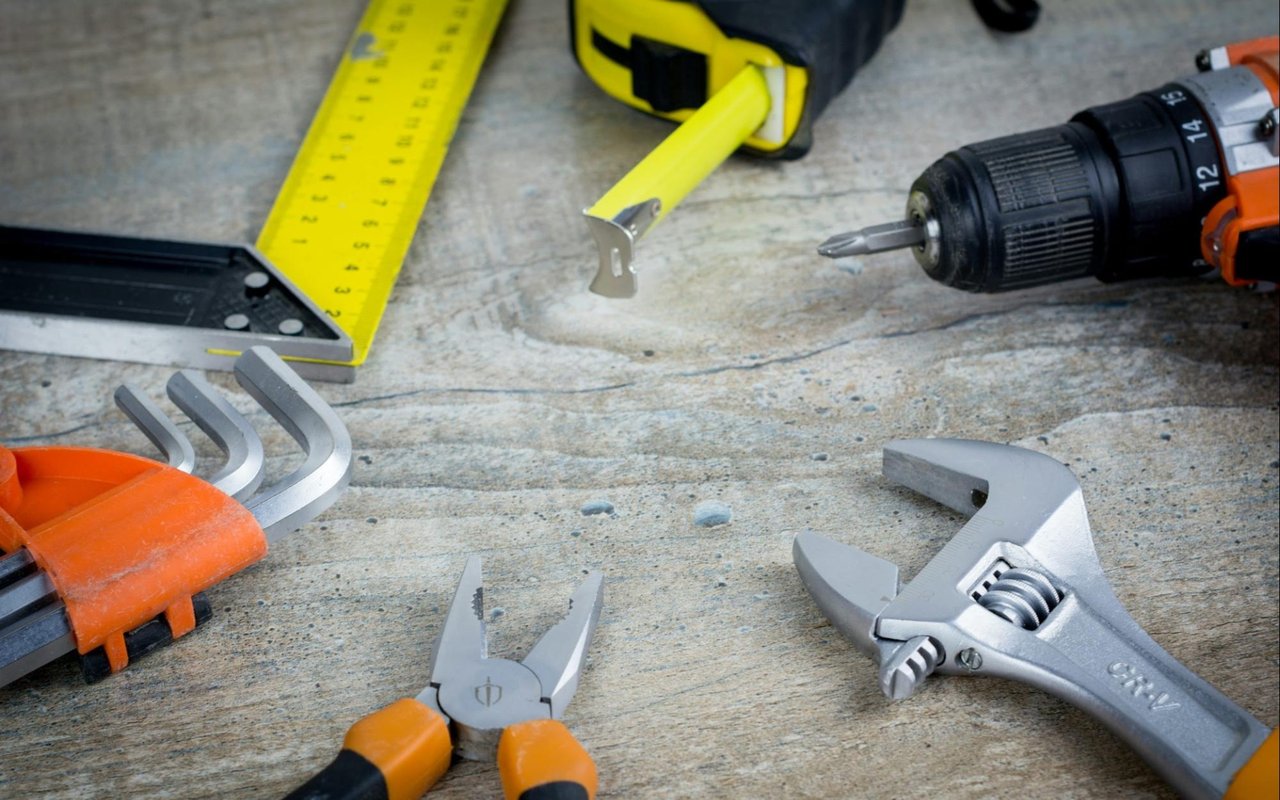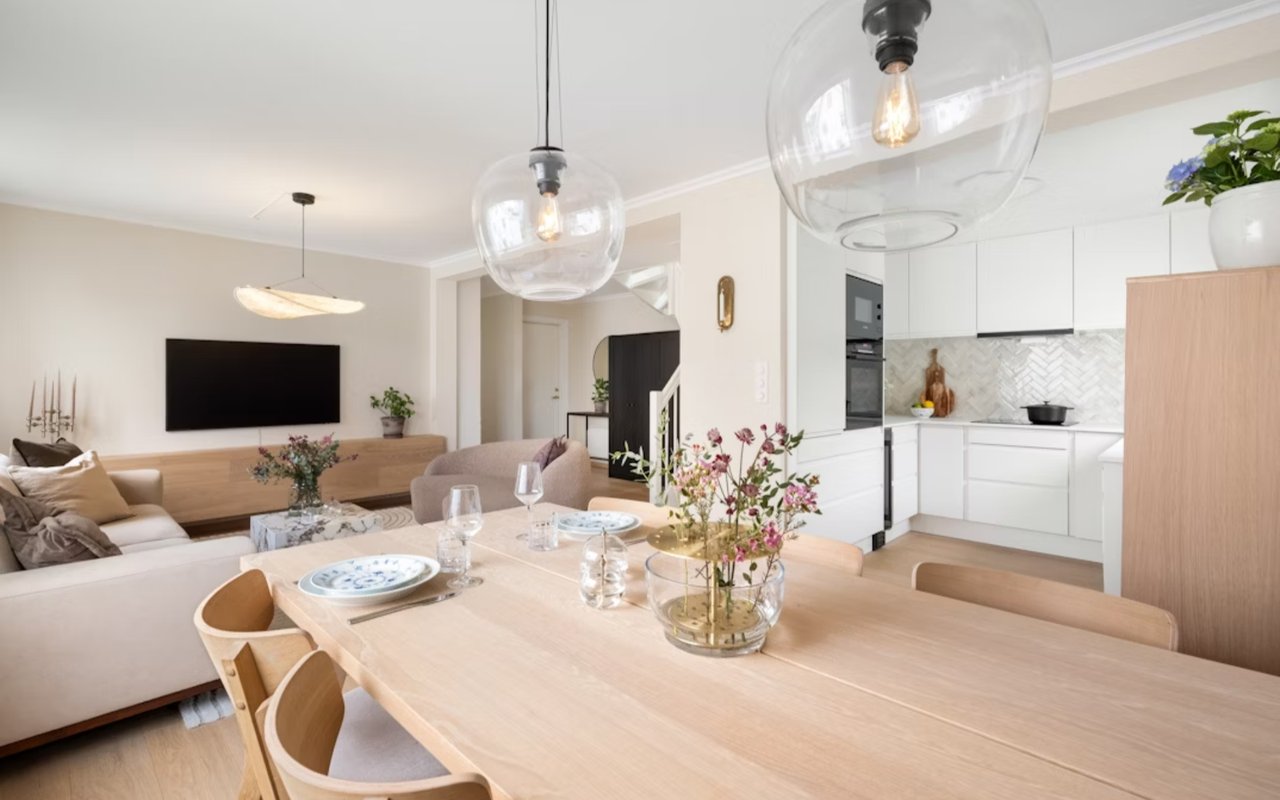When it comes to protecting your home and loved ones, investing in a reliable security system is one of the smartest decisions you can make. Home security systems have evolved over the years, offering a wide range of features designed to provide peace of mind. Whether you're looking to deter burglars, monitor activity, or respond quickly in the event of an emergency, having the right security system in place is crucial. This article explores the key features that every home security system should have, ensuring you make a well-informed choice when upgrading your home’s safety.
24/7 Monitoring
A core feature of any home security system is 24/7 monitoring. This service ensures that your home is continuously monitored by professionals, who can respond to alarms, alerts, or emergencies at any time of day or night. With this feature, homeowners can rest assured that if anything goes wrong—whether it’s a break-in, fire, or carbon monoxide leak—help will be immediately dispatched to their location. 24/7 monitoring provides a layer of protection and responsiveness that self-monitored systems simply cannot match.
Motion Detection Sensors
Motion detection is an essential feature for any security system, alerting homeowners of movement within and around their home. These sensors can be placed strategically around the property—inside and outside—to detect intruders or unauthorized movements. They work by using infrared technology to sense body heat or changes in light levels. Many modern systems also allow for customizable sensitivity settings, ensuring that pets or minor movements don't trigger false alarms.
Video Surveillance
Video surveillance provides both visual confirmation and deterrence to potential intruders. High-quality cameras should be installed at key entry points such as doors, windows, and driveways. Some systems offer real-time video streaming, which homeowners can access remotely via a smartphone app or computer. Additionally, features such as motion-activated video recording and night vision are crucial to capture events at any time of the day or night. Video surveillance not only helps identify culprits in case of an emergency, but it also offers valuable evidence for law enforcement.
Smart Home Integration
Smart home integration allows your security system to seamlessly connect with other smart devices in your home. Whether it’s your smart thermostat, lights, or locks, a system that integrates with these devices enables you to automate and control various aspects of your home remotely. For example, you can arm or disarm your security system from your smartphone or schedule your lights to turn on and off at certain times, simulating activity to deter burglars. Integration makes managing home security more convenient and efficient.
Window and Door Sensors
Window and door sensors are one of the most basic and essential components of any home security system. These sensors detect if a door or window is opened or tampered with and trigger an alarm to alert homeowners or monitoring services. Some advanced systems also offer glass break detectors that can identify the sound of glass breaking, further enhancing the protection provided by these sensors. These sensors should be placed on all accessible windows and doors to maximize security coverage.
Alarm System with Siren
An alarm system with a loud siren serves as a deterrent to potential burglars and provides immediate attention to any intrusion. The loud sound alerts both the homeowner and nearby neighbors of a possible break-in, increasing the chances of the criminal being caught or fleeing the scene. An effective alarm should be easy to trigger and reset, ensuring that it’s always operational when needed. Many modern security systems allow for silent alarms as well, notifying authorities without alerting the intruder.
Fire and Carbon Monoxide Detectors
A home security system should also include protection against environmental hazards such as fire and carbon monoxide (CO). Smoke detectors can detect the early signs of a fire, while carbon monoxide detectors monitor the air quality for the presence of dangerous gases. These systems should be integrated with your security system, so if an issue arises, the alarm can sound, and emergency services can be notified immediately. Fire and CO detectors are essential for ensuring the health and safety of all household members.
Remote Access and Alerts
Remote access is another must-have feature, as it allows homeowners to monitor their property from anywhere at any time. Whether at work or on vacation, homeowners should be able to check the status of their security system, view live video feeds, and receive real-time alerts about any unusual activity. Push notifications and text alerts keep you informed of events such as a triggered alarm, system disarming, or a sensor activation. This feature is especially important for those who travel frequently or want to maintain control over their home security while away.
Wireless Connectivity
Wireless home security systems are increasingly popular due to their flexibility and ease of installation. Unlike wired systems, which require physical connections to a power source, wireless systems rely on Wi-Fi or cellular networks to transmit data. This makes them easier to install, move, or expand, as no drilling or running of wires is required. Wireless systems are ideal for homes where wiring would be difficult or impractical. Additionally, in case of power failure, many wireless systems include backup battery power, ensuring continuous operation.
Emergency Panic Button
An emergency panic button can provide immediate assistance in a crisis. This button is typically portable and can be placed around the home or carried on your person. By pressing the button, homeowners can alert the monitoring center or local authorities in case of a medical emergency, break-in, or fire. It’s a crucial feature for elderly residents or those with medical conditions who may require urgent assistance. The panic button ensures that help is quickly dispatched in an emergency.
Customizable User Settings
A high-quality home security system should allow for customizable user settings. This includes user-specific codes for arming and disarming the system, as well as the ability to set different permissions for family members or service personnel. Customization features help increase security by ensuring that only authorized individuals can access or control the system. Some systems also offer temporary access codes for visitors or contractors, allowing limited access to certain areas of the home.
Ensuring Comprehensive Protection
In today’s world, the safety of your home and family is of utmost importance. A robust security system that includes the features mentioned above provides peace of mind and helps safeguard your property from a wide range of threats. Whether you’re upgrading your current system or installing a new one, it’s important to choose a system with reliable, essential features that meet your unique needs. By investing in a comprehensive security system, you ensure the well-being of those you love and the protection of your home.
Secure Your Future with The Tom Buerger Team
The Tom Buerger Team understands the importance of safety when it comes to purchasing a new home. They offer expert advice to help you find properties equipped with the latest security features. With their guidance, you can feel confident in making informed decisions that protect your home and loved ones. Reach out to them today for assistance in finding your next secure and safe home!
